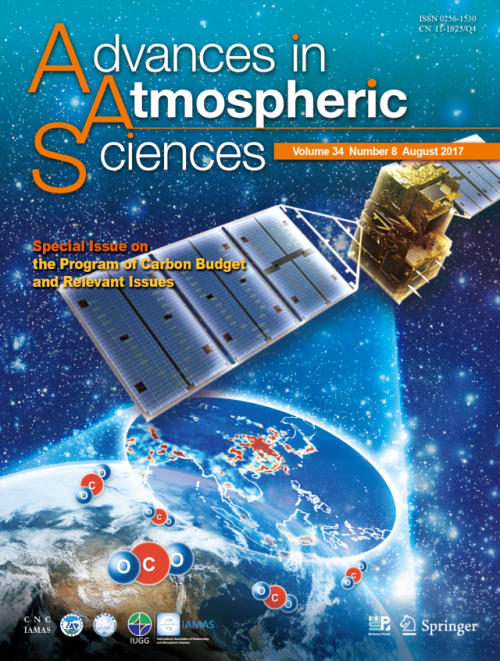Atmospheric carbon dioxide (CO2) is the most important anthropogenic greenhouse gas and is considered to be the primary cause of global warming. A lack of knowledge regarding global CO2 emissions has introduced significant uncertainties into studies of climate change. A state-of-the-art space-borne hyperspectral instrument provides will provide an opportunity to achieve accurate CO2 measurement with global coverage to improve estimations of the global carbon budget and investigate climate change.
The first greenhouse gas satellite, GOSAT, was launched successfully in 2009, followed five years later in 2014 by NASA’s Orbiting Carbon Observatory 2 (OCO-2). The Chinese Global Carbon Dioxide Monitoring Scientific Experimental Satellite (TanSat) then became the third inflight greenhouse gas satellite in December 2017. There will be more satellites, such as GOSAT-2 and OCO-3, joining the space-borne greenhouse measurement family, and so advances in retrieval and inversion systems are continually required for the successful analysis and application of satellite-measured data.
A paper recently published in Advances in Atmospheric Sciences by scientists from Institute of Atmospheric Physics, Chinese Academy of Sciences introduces a carbon flux inversion system for estimating the carbon flux with satellite measurements under the support of "The Strategic Priority Research Program of the Chinese Academy of Sciences—Climate Change: Carbon Budget and Relevant Issues". The carbon flux inversion system is composed of two separate parts: the Institute of Atmospheric Physics Carbon Dioxide Retrieval Algorithm for Satellite Remote Sensing (IAPCAS), and CarbonTracker-China (CT-China), developed at the Chinese Academy of Sciences.

The global carbon flux measured from space. (Image by Advances in Atmospheric Sciences) The study is selected as the cover article of the Special Issue on "the Program of Carbon Budget and Relevant Issues".
GOSAT L1B spectrum measurements are used in the study. The CO2 concentration is retrieved from IAPCAS and, to improve upon the quality of the IAPCAS-GOSAT retrieval, a post-screening and bias correction method has been developed, resulting in 25%–30% of the data remaining after quality control. The CO2 flux is then obtained by CT-China, in which a large error reduction of 84% is found, indicating a significant improvement on the CO2 flux estimated after assimilating IAPCAS-GOSAT data compared with in-situ–only inversion.
Reference
Yang, D. X., H. F. Zhang, Y. Liu, B. Z. Chen, Z. N. Cai, and D. R. Lu, 2017: Monitoring carbon dioxide from space: Retrieval algorithm and flux inversion based on GOSAT data and using CarbonTracker-China. Adv. Atmos. Sci., 34(8), 965–976. http://159.226.119.58/aas/EN/10.1007/s00376-017-6221-4
Contact: YANG Dongxu, yangdx@mail.iap.ac.cn
